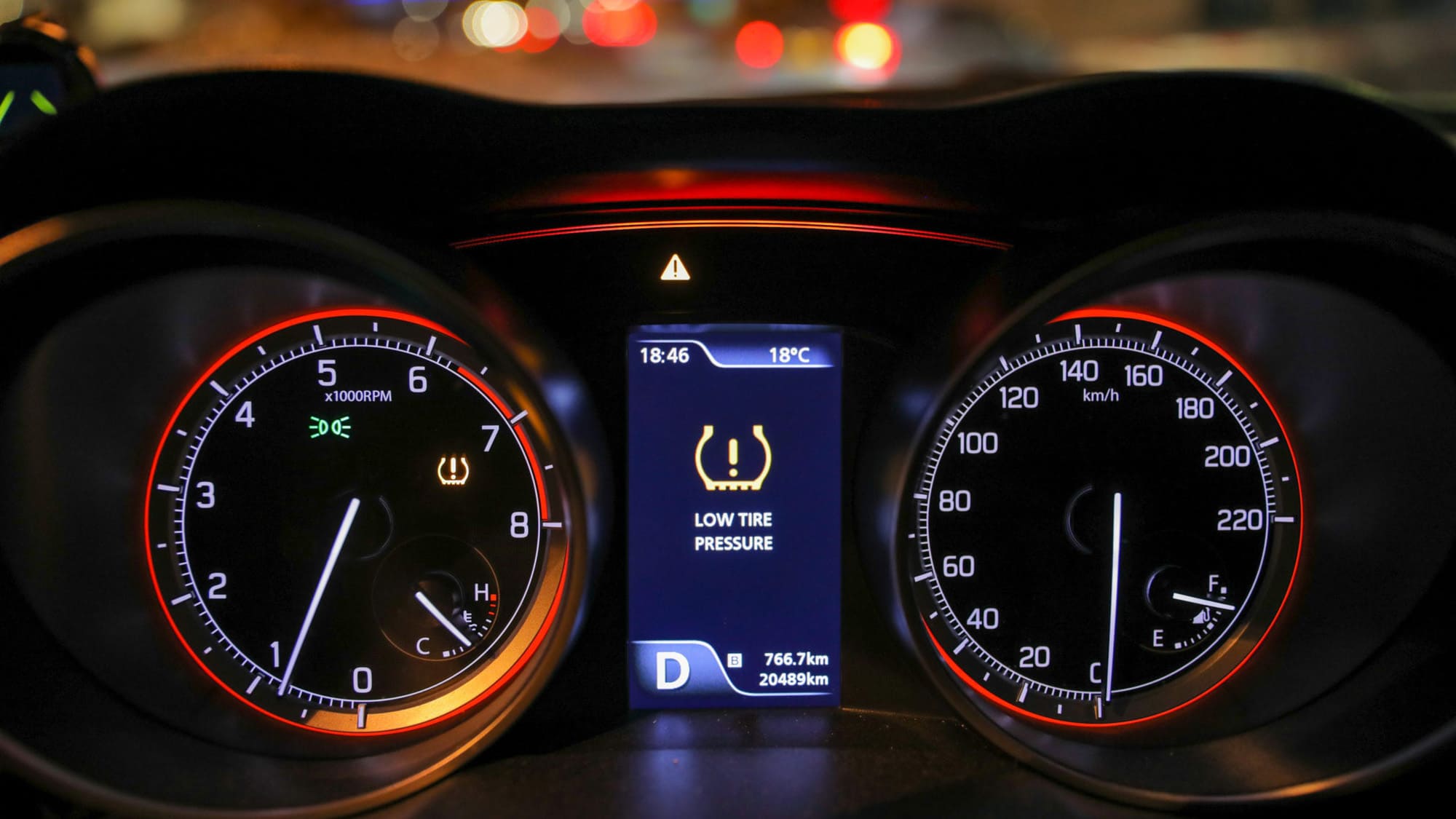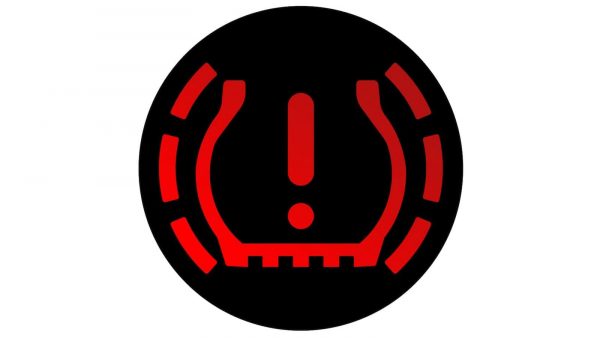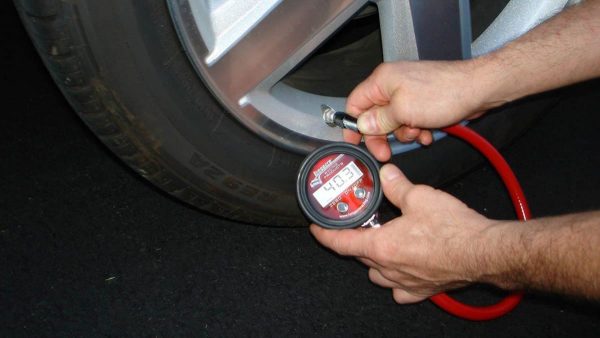Ensuring that your vehicle’s tires are inflated to the correct pressure transcends conventional maintenance; it is an integral part of vehicular safety. Navigating the road with tires that are either insufficiently inflated or excessively filled can critically impair the vehicle’s maneuverability, drastically reduce its fuel efficiency, and, in extreme cases, lead to dangerous tire blowouts. Central to this safety mechanism is the vehicle’s Tire Pressure Monitoring System (TPMS), a sophisticated feature that alerts the driver through a distinctive warning light on the dashboard whenever the pressure in one or more tires deviates from the recommended threshold. This detailed guide aims to enhance your understanding of the TPMS, assisting in interpreting its alerts, gauging the severity of the situation, and taking appropriate and timely action to remedy any issues.
Delving Deep into the Tire Pressure Monitoring System of Your Vehicle
The TPMS is an essential system within a vehicle, designed to alert drivers to any discrepancies in tire pressure, whether it is too low or excessively high. Driving on underinflated tires can lead to hazardous driving conditions, significantly impacting the vehicle’s stability and fuel economy. On the other hand, overinflated tires can cause uneven tire wear and increase the likelihood of tire blowouts. The TPMS operates using specialized sensors located within the wheels, which are responsible for monitoring the pressure of each tire. There are two main types of TPMS: the direct system and the indirect system. The direct system directly measures and transmits actual tire pressure information to the vehicle’s electronic control unit. In contrast, the indirect system calculates tire pressure indirectly, using data derived from the speed of the wheels.
The TPMS warning light, usually yellow, is an important indicator of potential issues with tire pressure. Various factors, such as minor leaks, punctures, or even changes in external temperatures, can trigger this light. It is crucial to pay heed to this warning light, as ignoring it can lead to serious safety risks. Prompt and accurate interpretation of this light is essential in preventing further damage and ensuring a safe driving experience.
How to Act on the Tire Pressure Warning Light
When the tire pressure light illuminates, it typically indicates a reduction in pressure in one or more tires. In colder weather, it is common for tire pressure to decrease, causing the light to either flash or stay on continuously. However, it is vital to be aware that this light can also point to more severe problems, such as a significant and ongoing leak. A blinking light that stabilizes after a while may suggest a malfunction within the TPMS system rather than an issue with the tire pressure.
Upon noticing the tire pressure light, the recommended course of action is to immediately find a safe location to pull over and conduct a thorough inspection of your tires. If you observe visible damage, such as a puncture or foreign object embedded in the tire, it is crucial to seek professional assistance without delay. If the tires appear normal, the next step should be to drive to the nearest service station to check and adjust the tire pressure accordingly. However, if the warning light is blinking, this could indicate a problem with the TPMS itself, and it is advisable to have your vehicle checked by a professional to diagnose and resolve the issue.
Comprehensive Analysis of Varied Tire Pressure Dilemmas: Navigating Through Minor Anomalies to Major Faults
The spectrum of tire pressure issues encompasses a wide range of scenarios, from relatively benign instances such as minor underinflation due to a drop in ambient temperature, to more critical situations involving significant air leaks or dysfunction in the Tire Pressure Monitoring System (TPMS). A critical aspect to consider is the persistence and recurrence of the tire pressure indicator light: the more frequent its appearance and the longer its persistence post-inflation, the more severe the underlying issue is likely to be. A continuous decline in tire pressure not only jeopardizes vehicular safety but may also be indicative of more profound mechanical malfunctions within the vehicle.
Strategic Approaches for Resolving Tire Pressure Challenges
For effective management of tire pressure-related issues, it is advisable to procure a high-caliber tire pressure gauge. This tool becomes particularly useful for regular tire inspections, a practice that becomes more crucial in the face of severe weather fluctuations. When the tire pressure indicator alerts, it’s important to promptly measure the pressure in each tire using the gauge and adjust it to meet the vehicle manufacturer’s prescribed level. Persistent leaks or recurring TPMS alerts necessitate a visit to a seasoned mechanic for a comprehensive diagnostic evaluation.
Forward-Thinking Tactics for Consistent Tire Pressure Maintenance
Adopting a forward-thinking approach towards tire pressure maintenance involves regular monitoring – ideally on a monthly basis or prior to undertaking long journeys. Equipping your vehicle with a top-tier tire pressure gauge is a wise decision for such purposes. Periodically rotating tires is another prudent measure, aiding in uniform tread wear, which contributes to maintaining stable tire pressure. Additionally, learning the skill of tire changing is immensely beneficial, especially in unexpected circumstances. A noteworthy consideration is the option of using nitrogen in tires instead of regular air, given its lower susceptibility to temperature-induced pressure variations, thus ensuring a more stable tire pressure over extended periods.
The Importance of Heeding Tire Pressure Warnings for Vehicle Integrity
Promptly addressing signs of tire pressure irregularities is a pivotal component in safeguarding the integrity and functionality of your vehicle. Neglecting these indicators can lead to catastrophic outcomes like tire blowouts, diminished fuel efficiency, or extensive repair costs. Gaining an in-depth understanding of your vehicle’s TPMS, interpreting the tire pressure warning signs accurately, and implementing appropriate measures are essential steps in maintaining tire health. Regularly undertaking preventive maintenance checks and proactive measures can significantly reduce the risk of severe tire pressure issues, thereby optimizing your vehicle’s overall performance and extending its service life.



